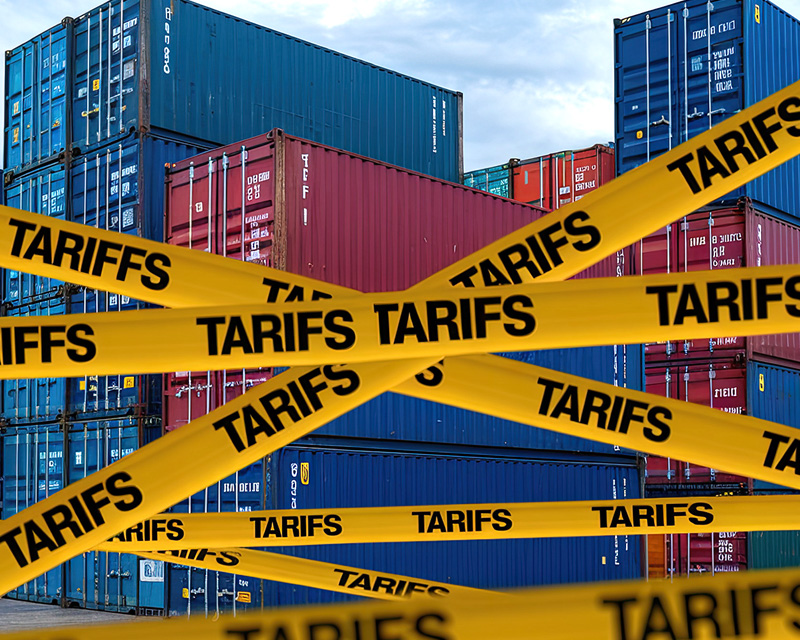A Shifting Retail Landscape
The global retail market for English-language books is undergoing rapid transformation. For decades, the supply chain was dominated by brick-and-mortar bookstores in North America, the U.K., and Australia. Today, however, English-language books are a global commodity, distributed digitally and physically across regions as diverse as India, the Middle East, and Africa.
Consumer behaviors are shifting. Readers are embracing digital convenience, social discovery, and subscription models, while independent bookstores experience a resurgence driven by community and curated selection. Meanwhile, publishers and wholesalers must navigate supply chain disruptions, rising costs, and a retail landscape increasingly shaped by global e-commerce giants.
So, what are the major global retail trends shaping English-language book sales in 2025? Let’s break them down.
Trend 1: The Global Reach of E-Commerce
E-commerce remains the most significant driver of English-language book sales growth. Amazon continues to dominate the U.S., U.K., and key European markets, but region-specific platforms are rising fast.
- Regional Players Gaining Ground:
- Flipkart in India is aggressively expanding its book category.
- Shopee and Lazada are key players across Southeast Asia.
- Jumia is emerging in parts of Africa.
- Cross-Border Buying: Many readers outside traditional English-language markets now purchase directly from U.K. or U.S. sellers via global shipping programs.
For wholesalers, e-commerce partnerships are critical. Retailers demand faster delivery, deeper catalogues, and integration with automated inventory systems.
Trend 2: Subscription Models & Membership Programs
The subscription economy is reshaping consumer expectations. Readers increasingly prefer access over ownership, creating both challenges and opportunities for publishers and wholesalers.
- Digital Subscriptions: Kindle Unlimited, Scribd, and regional platforms like Storytel have normalized “all-you-can-read” models.
- Physical Book Subscriptions: Book-of-the-Month boxes, indie-curated subscriptions, and niche genre clubs (romantasy, queer romance, Manga) are thriving.
- Loyalty Programs: Retailers like Waterstones and Barnes & Noble are experimenting with Prime-style memberships that blend discounts, early access, and community perks.
The challenge? Balancing revenue between traditional per-unit sales and subscription-driven demand.
Trend 3: Independent Bookstore Renaissance
Despite predictions of their decline, independent bookstores are thriving in many markets. Their success lies in offering what digital giants cannot: curation, community, and experience.
- Curated Experiences: Indie shops focus on niche categories (translated fiction, climate fiction, queer voices) and personalized recommendations.
- Events & Community: Author readings, book clubs, and partnerships with local schools and libraries drive foot traffic.
- Hybrid Retailing: Many independents now run robust e-commerce operations, shipping nationally and internationally.
Globally, indies are strongest in North America, the U.K., France, and Australia, but are also expanding in India and South Africa.
Trend 4: English-Language Sales in Non-Traditional Markets
The growth of English-language readership outside the U.S., U.K., and Australia is one of the most exciting trends of the decade.
- India: One of the fastest-growing English-language book markets, fueled by a young, educated, urban population.
- Middle East: Dubai, Riyadh, and Doha are becoming cultural hubs, with English-language books playing a central role.
- Africa: Nigeria, Kenya, and South Africa are seeing rapid growth in youth readership, supported by mobile-first digital platforms.
- Europe: Nordic countries and the Netherlands show strong appetite for English editions, often alongside native-language copies.
This global spread means wholesalers must expand supply chains and anticipate demand for localized genres and editions.
Trend 5: Print vs. Digital — A Balanced Market
While e-books and audiobooks have grown steadily, print remains remarkably resilient. The future is not “print vs. digital” but rather coexistence.
- Print Sales: Still the preferred format for gift-giving, children’s books, and collectors’ editions.
- E-Books: Strong in markets with limited physical distribution (Africa, Middle East, parts of Asia).
- Audiobooks: The fastest-growing segment globally, supported by podcast adoption and hands-free lifestyles.
- Hybrid Publishing: Bundled offerings (print + digital, or digital + audio) are gaining traction with subscription services.
Trend 6: Social Discovery and BookTok’s Global Influence
Social media has become a dominant retail driver, with BookTok (TikTok’s book community) influencing sales charts worldwide.
- Romantasy, queer romance, and cozy genres dominate BookTok-driven purchases.
- Direct-to-Consumer Links: Social platforms now include retail integrations, allowing immediate book purchases.
- Global Spillover: A viral title in the U.S. can chart in Brazil, Germany, or Korea within weeks.
Wholesalers and retailers must track these viral moments to anticipate spikes in demand.
Trend 7: Supply Chain & Sustainability Pressures
The logistics of global book retail are increasingly complex. Rising costs in printing, shipping delays, and sustainability pressures are reshaping operations.
- On-Demand Printing: Growing adoption of print-on-demand reduces risk for niche titles and supports localized production.
- Sustainable Practices: Eco-conscious consumers demand recycled paper, carbon-neutral shipping, and transparent sourcing.
- Inventory Optimization: Retailers want agile stocking—smaller but faster shipments to respond to viral demand.
Trend 8: Corporate Consolidation vs. Niche Retail Innovation
The retail landscape is defined by two extremes: consolidation among giants and innovation among niche retailers.
- Consolidation: Mega-retailers are scaling vertically, offering exclusive editions and integrating supply chains.
- Niche Innovation: Small-scale retailers are finding success by specializing—LGBTQ+ bookstores, Manga shops, and climate-focused sellers.
This bifurcation creates opportunities for wholesalers like Bookazine to serve both large-volume players and highly specialized retailers.
Trend 9: English-Language as a Bridge Market
English-language publishing is increasingly a bridge market—titles launch in English and then expand globally through translation.
- Examples: Romantasy titles like Fourth Wing or YA fantasy break out in English before being translated into dozens of languages.
- Global Retail Strategy: Wholesalers like Bookazine can quickly distribute English-language editions to international retailers, capture demand before translations arrive.
Strategic Implications for Publishers & Wholesalers
- Expand Distribution Beyond Core Markets – Anticipate demand in India, the Middle East, and Africa.
- Support Hybrid Models – Balance print, e-book, and audio, with bundled offerings where possible.
- Leverage Data Analytics – Use retail and social trend data to predict viral surges.
- Strengthen Indie Partnerships – Indies remain influential tastemakers.
- Invest in Sustainable Supply Chains – Align with consumer and regulatory demands.
A Global, Hybrid, Social-Driven Future
English-language book retail is no longer confined to traditional markets. It is global, digital, and increasingly social-media driven. Print remains strong, but is complemented by digital subscriptions and audiobooks. Independent bookstores thrive alongside e-commerce giants, while readers across India, Africa, and the Middle East become major growth engines.
For wholesalers like Bookazine, the opportunity lies in agility and foresight: building supply chains that reach beyond borders, curating catalogs that reflect emerging niches, and anticipating the next viral surge before it hits.
The future of English-language book sales is not just about books—it’s about global culture, connection, and community.











